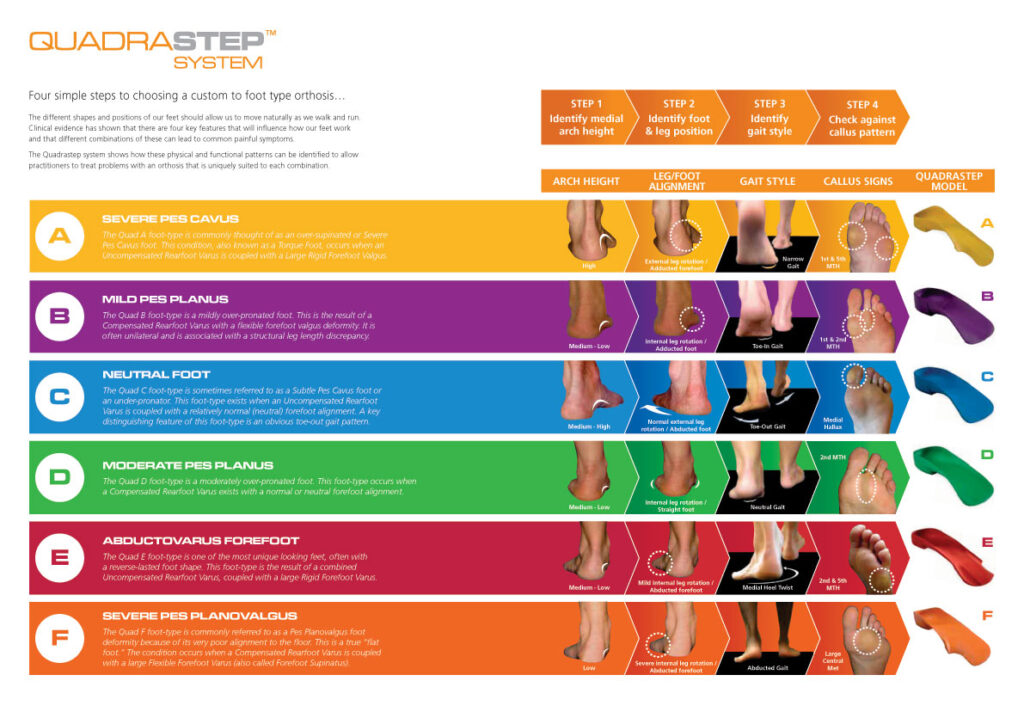There are no two feet exactly the same.
Some are narrower than others. Some have arches that reach the sky while others are flat like a pancake. Some toes point in and others out.
Not all foot types are suited for modern living. The wear and tear of long hours spent standing on hard surfaces and walking on them over time can cause damage.
As varied as the foot shape itself, symptoms can vary. Plantar fasciitis and heel pain are more common in some feet than others. Some may develop neuromas, bursitis, or shin splints. Your feet may not be properly aligned and you could end up with lower back, knee, or hip pain.
Orthotics can be used to alleviate your symptoms and get you moving again. The answer is not as simple as buying an insole at a shop.
Why Do We Use It?
Most foot doctors will talk about orthotics or insoles. They usually refer to one of two types of shoe inserts.
- These are prefabricated insoles that can be used as arch supports. For certain conditions, a good pair of insoles can make all the difference. Unfortunately, the majority of prefabricated orthotics are not high quality. Although they may be inexpensive, they are often very fragile and offer little cushioning. They won’t be able to correct a structural problem or a gait abnormality.
- Custom orthotics solve this problem by being made based on your feet’ measurements, usually using a mold or 3D scan. They are more effective at meeting your needs and last longer. They are more costly and can prove to be frustrating if they don’t work as well as you would like.
Quadrasteps bridges the gap between these two levels of orthotic. These insoles are pre-fabricated. They can be used to do many things that “ordinary” prefabricated orthotics cannot.
Quadrasteps offer more than cushioning. They can also be adjusted to fit specific types of shoes and correct alignment. Quadrasteps have sidewalls, recesses, and postings that are not found in custom orthotics. The thermoplastic material is lightweight and provides excellent support. It also allows for functional alignment.
Quadrasteps is the perfect combination of both. Quadrasteps offer the best of both worlds: they are as effective, durable, and high quality as custom orthotics. They are also more affordable and easier to replace.
For patients who require custom orthotics, we still offer them. Quadrasteps, a middle ground option that can be used for patients with mild-to-moderate (or sometimes severe) symptoms, are often the best.
How to choose the right Quadrasteps that are ideal for your feet
Let’s now talk about foot structure.
We mentioned at the top that feet can come in all shapes and sizes. Even though the toe-to-heel length may be the same, one foot might have a narrow, high-arched foot while the other is flat and wide.
In order to work, an orthotic device–prefabricated or custom–is going to have to match the shape of the foot and provide just the right balance of support, motion control, and cushioning to alleviate the discomfort.
We’ll take a quick look at your feet and gait when you come to our office. This takes only a few minutes and we can match you up with one of the six basic Quadrastep styles.
- A QUAD: These are for people who have extremely high arches. These people have poor shock absorption. They don’t pronate (roll and flex too far) when walking.
- B QUAD: Insoles for mild over-pronation, low to medium arches, and slightly inverted heel alignment. People with this foot type have toes that point inward rather than straight ahead when they walk. This foot type can be unilateral, meaning that only one foot is affected, due to a difference in leg length.
- C QUAD: This can lead to hip and lower back pain.
- D QUAD: This is a common “congenital” flatfoot. This condition is most often detected in childhood.
- E QUAD: This is a unique and destructive gait style. The foot is extremely rigid and weight is borne mostly along the outer edges of the feet. A person with an E-quad type of foot might find their weight entirely along the lateral edges and the center of the foot when they standstill.
- F QUAD: This is “true flat foot”. The foot is hyper-mobile and flexible, with barely any arch. This renders the feet unstable. This causes them to splay to one side or the other, leading to forefoot pain. Because they must work harder to stabilize the rest, the stress can also affect the legs and core muscles.
Are you unsure what this all means or how to determine which foot style you have?
No worries, friend.
During your in-office evaluation, we’ll take an initial look at:
- Arch height
- The relative position of your feet and legs
- Gait style is how your feet and ankles move when you walk.
- Patterns of pressure spots and calluses on your soles
We’ll match you with the right quad style based on what we find. It’s then a matter of determining the size and width you require.
It takes only a few minutes to complete the process and you will have an effective, comfortable pair of orthotics that can relieve your pain.

